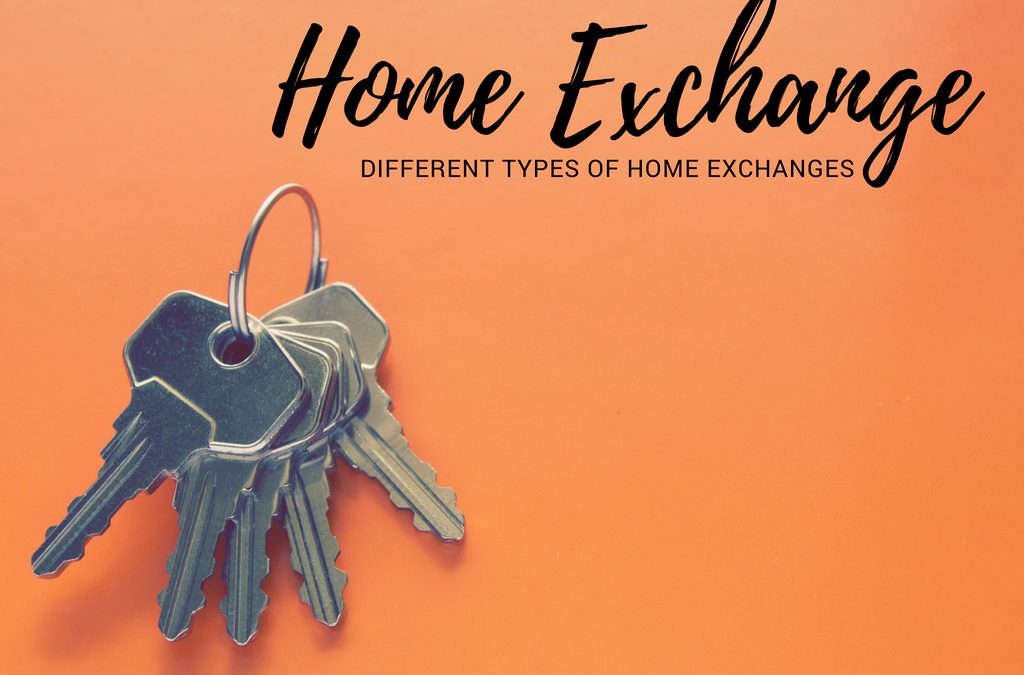In Dr. Colin Knight’s last blog, he wrote about how he got into home exchanges and the safety of it. This blog explains the different types of exchanges you can do.
—
There are three types of exchanges: simultaneous, non-simultaneous, and multi-party. You can also throw in a car exchange if that suits your needs.
Simultaneous is the easiest to understand. We go to their home at the same time they come to ours. Most of my exchanges (6/11) have been simultaneous.
Non-simultaneous is just that. For example, I had a trip planned to Peru in late March one year. Since I was trekking, I couldn’t take advantage of a direct exchange, no alpacas wanted to trade high altitude pasture for the subtropics. However, I knew I wanted to travel to Rome in October. Late March is the absolute best time of year to visit Miami so I started writing to people with homes to exchange in Rome and I found one. He and his girlfriend came to my place when I was in Peru, and I went to his in Rome the fall. One advantage of this type of exchange is that in two of these cases, the people I had exchanged with were in the area when I went to stay at their homes. It was great having a local to help me figure out how to get around, where to eat, and what to visit. Non-simultaneous is probably best suited for people who have a second or vacation home. I don’t have a second home which is probably why a smaller fraction (4/11) of my exchanges have been non-simultaneous. It’s also possible if you travel a lot or have another place to stay in your hometown.
Multi-party is a little less straightforward. HomeExchange just introduced these recently and I just completed my first such exchange. In their program, they call it a balloon exchange. I can earn a balloon by having someone stay at my place without exchanging with them. I can then use a balloon to go somewhere else. I had three balloons in store at the start of the year. Twice people had redeemed balloons and stayed at my house when I was out of town. This spring, I took my sons to Colorado for a ski trip and we redeemed a balloon to stay in a condo there while our exchange partner was going to San Diego. At the same time, we earned another balloon because some French journalists stayed at my house while we were away.
Car exchange is an option when you exchange homes. The advantage is that you don’t have to pay for a rental. There are a couple of disadvantages to exchanging cars. I’ve done this twice.
One disadvantage is that you will need to get to the car from the airport/train station/port whereas you would probably be able to rent a car wherever you arrive. For example, we did a car exchange when we went to Provence. We had to use a taxi to get to and from the airport in Marseilles to the village where we were staying. That was around €70 each way. Since it was a two-week exchange, I came out ahead overall financially. Just be sure to check on how accessible by public transport is your exchange home before you agree to a car exchange.
Another disadvantage of exchanging cars is insurance coverage. I have a $1,000 deductible on my car insurance. If I’m exchanging, I need to be sure that whoever is exchanging with me is willing to cover that should they crash my car. At the same time, you depend on the other person’s car being insured. In one of the car exchanges I did, I swiped a concrete pole with the car in a cramped parking garage in Toulouse. Turns out the owner didn’t have insurance coverage for that so I was out over $1,000 for the repair. However, when I use my Visa card to rent a car, they provide coverage for damage to a rental so a similar experience with a rental car would have only cost me the time to complete the paperwork for the claim.
I think I would be unlikely to do a car exchange in the future. For me, at this time in my life, I think it would be easiest to just rent a car if I need one where I am exchanging.

